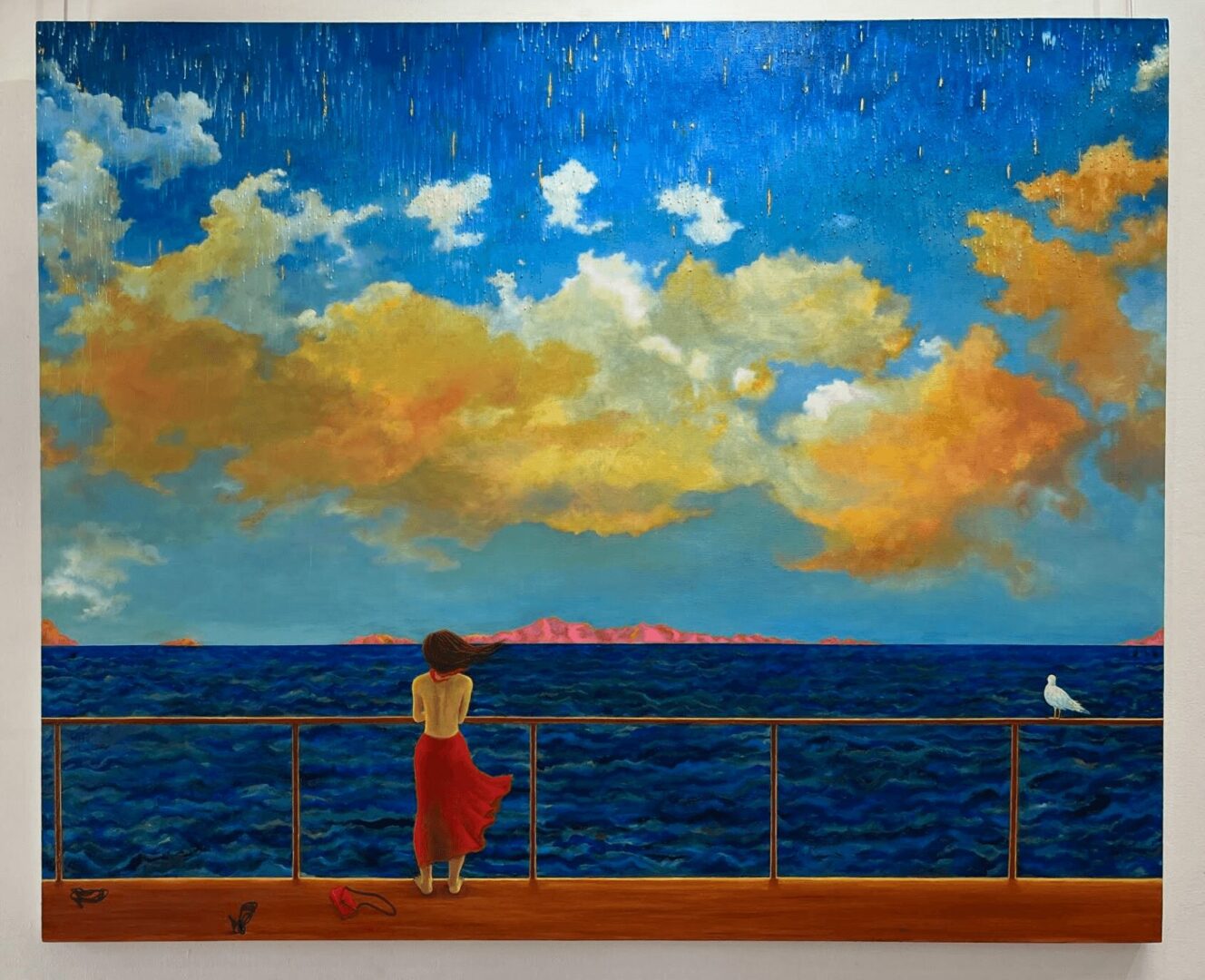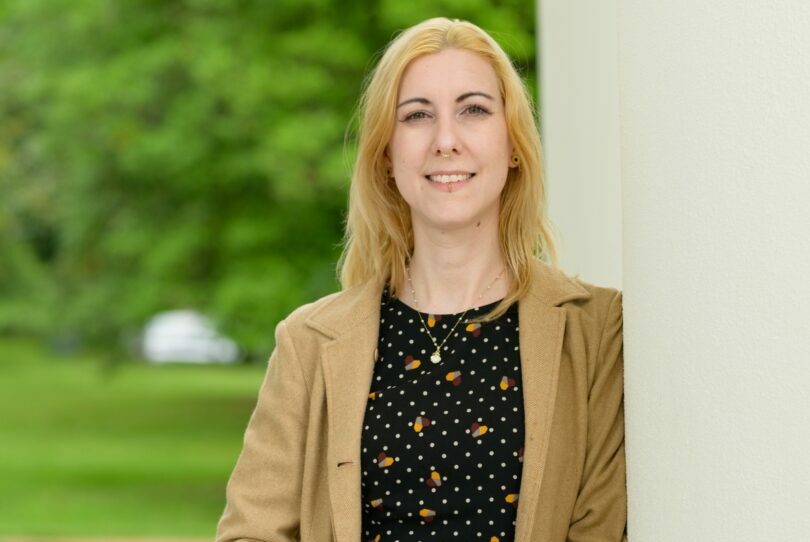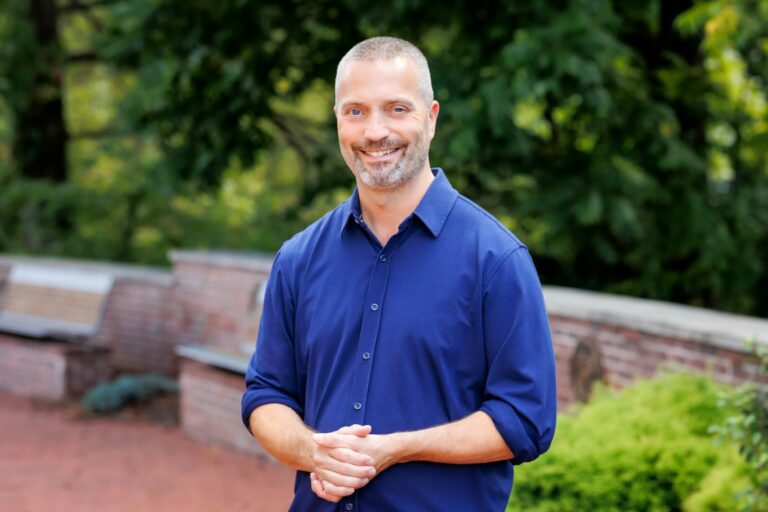We’re excited to introduce you to the always interesting and insightful Jill Slaymaker. We hope you’ll enjoy our conversation with Jill below.
Jill, so excited to have you with us today. So much we can chat about, but one of the questions we are most interested in is how you have managed to keep your creativity alive.
Every morning (if I’m not giving a talk or teaching a workshop) I write in a journal for thirty minutes or more: I vent, make to-do lists, and plan art works. I also write a gratitude list in there, of seven NEW things each day. (They can’t be the same ones as yesterday or last week.) Sometimes I’ll continue the list until I reach 20.
A scientific study with people suffering from depression showed that the “seven new things” gratitude technique improved their moods considerably.
Daily journaling keeps me grounded and able to work on new projects without getting too blocked or anxious. If I don’t write in my journal, I kind of float around in a daze, feeling overwhelmed.
Weekly exercise (swimming, dance/pilates/yoga classes) help me stay energized and in better spirits.
Walking in nature helps as well. I live in Manhattan, so finding nature can be challenging, but it does exist – Central Park and the Hudson River are not too far away.
In warm weather, my husband and I take a subway to Coney Island/Brighton Beach. We lay around on the beach listening to the calming sounds of the ocean, and then have a Russian meal on the boardwalk. This has become a wonderful ritual (once or twice a summer), starting when my son was young. He loved t0 build sand castles and ride the roller coaster.
Visiting art galleries and museums, and traveling (my husband and I give talks on music and art internationally), also keep me excited about creating art. Learning about different cultures and seeing a variety of landscapes and flora/fauna excite me and influence my work.
When I travel, I bring a pad of watercolor paper and a folded accordion book, and draw/paint in them. I’m usually freer with ideas and experimenting when I’m on the road, painting in a hotel room or outdoors. In my studio in NYC, there is more pressure, to make finished projects with deadlines for a show.
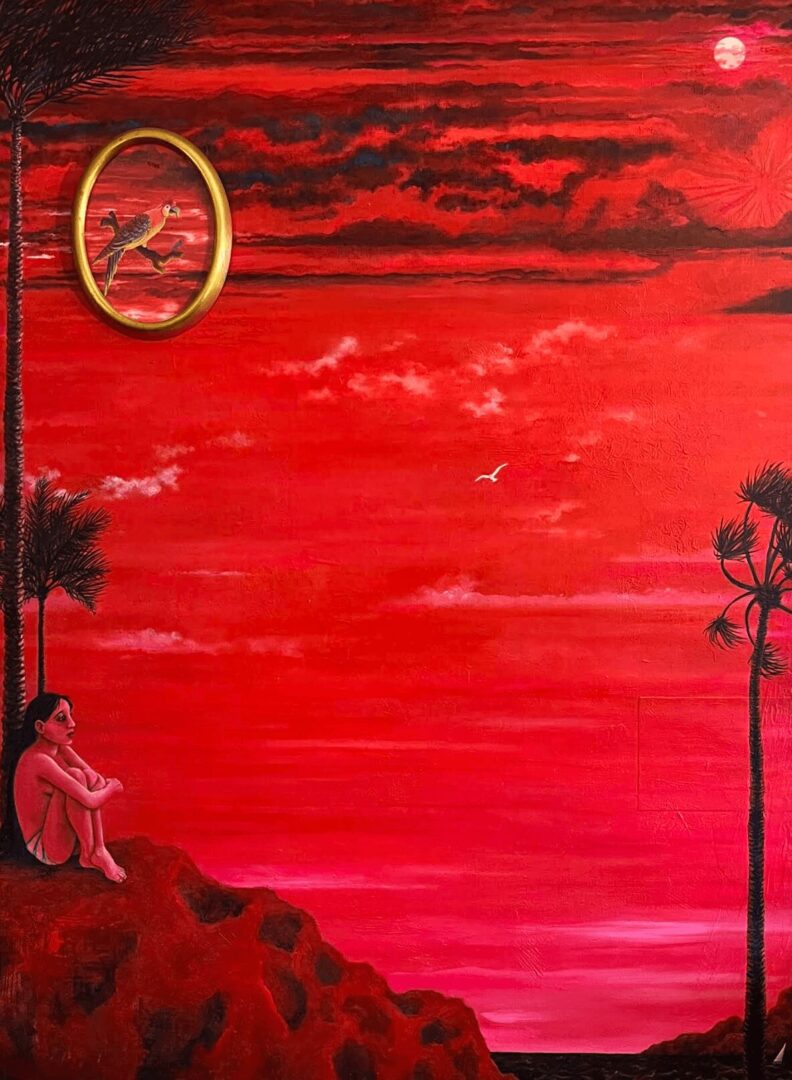
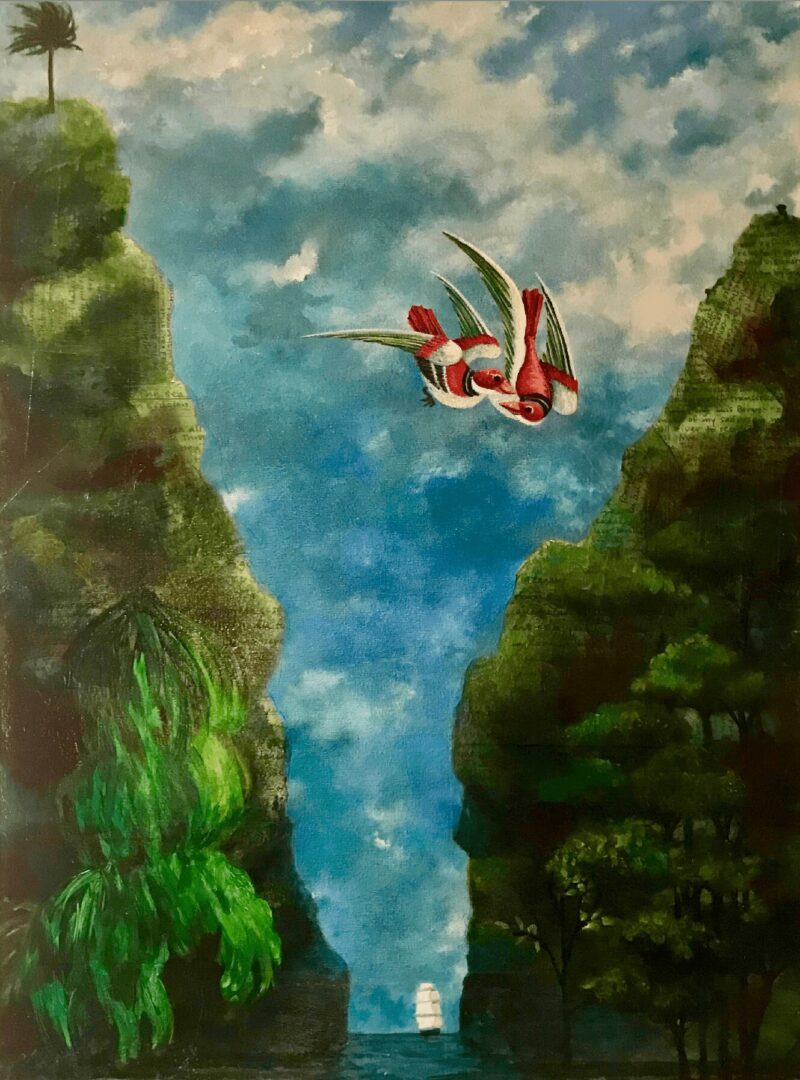
Great, so let’s take a few minutes and cover your story. What should folks know about you and what you do?
I’ve been drawing and painting since I was a child. I am currently working on a series of large and small oil and gouache paintings, as well as collages made with paint on journal pages.
Travels to the Mediterranean, Caribbean and Pacific Islands have influenced my work a lot, with their incredible natural beauty. I’m inspired by cultures that revolve more around joy, relaxation, food, art, music, nature and sensuality, than the workaholic, capitalistic environment of the USA, where I grew up.
I attended two month-long art residencies in Tuscany, Italy, a place that epitomizes a more relaxed attitude toward life. My series of orange tree paintings (some semi-abstract, others representational with figures) is based on a trip to Rome in 2007, where I saw a 900-year-old orange tree still bearing fruit!
The tree was in a 12th century garden behind a hospital, where I was ill, and the nurses allowed me to paint with watercolors under the tree, where I very quickly healed.
Since then, I’ve used the orange tree as a symbol of joy and rejuvenation in much of my work.
I’m interested in many art movements of the past, including Byzantine (love the gold leaf Madonnas), northern Renaissance (the landscapes of Patinir and the wild imagination of Bosch), and the study of light and gesture in Impressionism. Dante’s Divine Comedy and the Ramayana have also influenced my work, among other literature.
Lately, the 19th century European Romanticist movement has been an influence, with its lone figures in vast natural landscapes, and the viewing of nature as a spiritual and mystical event.
Fritjof Capra’s writings on chaos theory interest me as well. The evidence in physics that all phenomena are interconnected and interdependent fascinates me, and I try to capture that in my art.
Four one-person shows have kept me busy recently: a retrospective at both Yellow Fine Arts in New York (“Other Worlds” 2022) and at Michael Murphy Gallery in Tampa, Florida (“Alchemy and Other Magical Thinking,” 2023); and at Brown’s Fine Art in Jackson, Mississippi (“Flights Within,” 2024) and Jadite Gallery in Manhattan (“romANTICS,” 2024).
I’ve also taught art part-time for the past thirty years, to children and adults living in poverty in New York City (through non-profits LEAP and Studio in a School).
Recently I’ve given talks on my work and on contemporary art in general, to universities in New Zealand, Bosnia, Norway and South Africa.
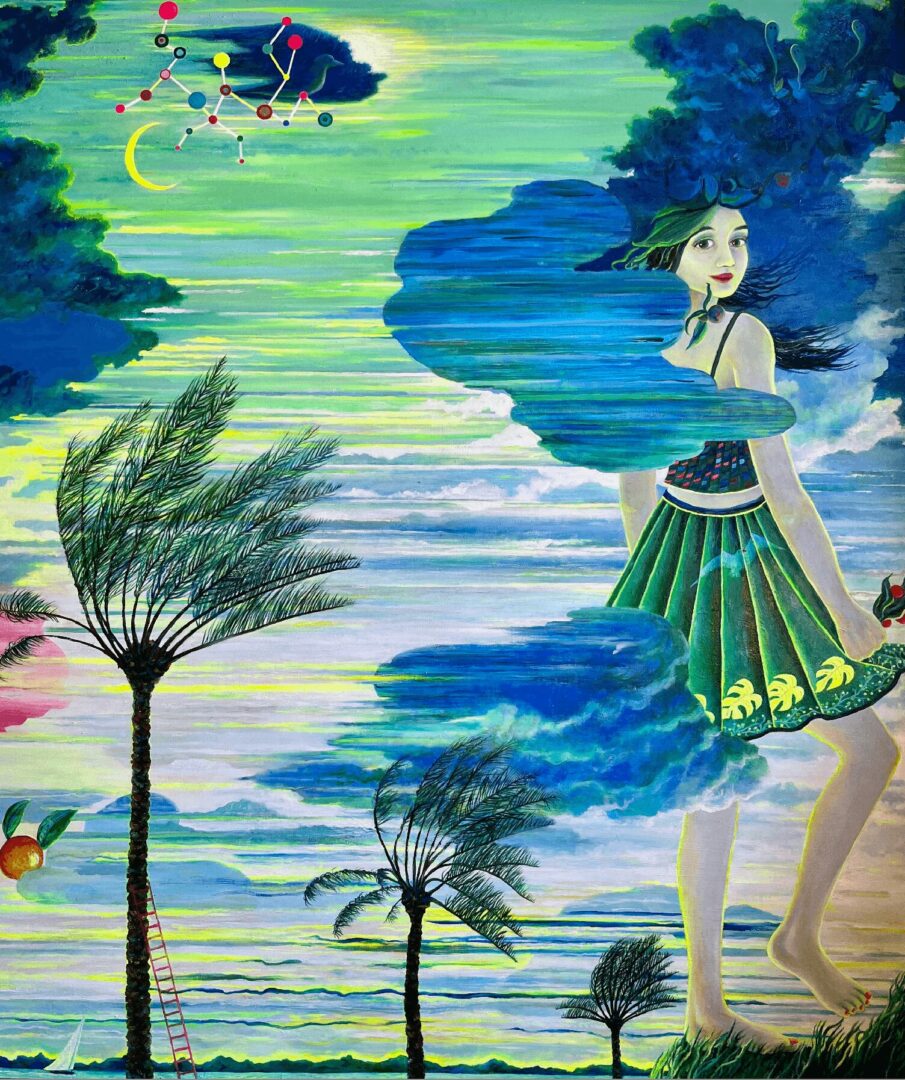
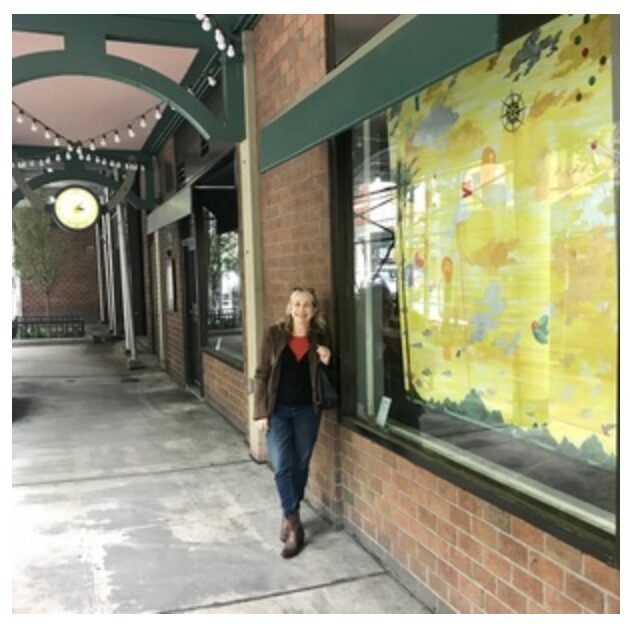
If you had to pick three qualities that are most important to develop, which three would you say matter most?
I was lucky in that my mother was a painter, so I was surrounded by art all my life. This helped me to develop a visual eye and drawing skills early on. I drew every day as a child, looking at figures in a Sears and Roebuck catalogue.
I moved to New York City from Indiana and Texas in my 20s, to be exposed to more new and exciting art, and it was the best decision of my life. I am still passionate about making art almost fifty years later!
And my work has been exhibited in over 200 shows, nationally and internationally.
So, I would say it’s important, if possible, to live in a city where there is a lively, thriving art community. There are 1,200 art galleries in NYC, and some of the world’s best museums. Looking at new art regularly, from around the world, and having many artist friends is helpful to stay excited and motivated.
Determination helps. I moved to NYC with no job, no apartment, just $3,000 in waitressing tips. My boyfriend and I lived in his van on the streets of Manhattan for three weeks! But we found an apt. and it was only $275 month (illegal sublet, no kitchen sink or cabinets)!
We made it work. Resilience is an important skill to develop as an artist. We found kitchen cabinets and furniture on the street, as well as wood and other materials to paint on. I lived and worked there for 25 years (long after the boyfriend and I broke up).
Because the rent was so cheap, I was able to work just part-time (as a temp agency secretary at first, and later as a museum educator/art teacher). This made it possible to make art and become part of the art community here.
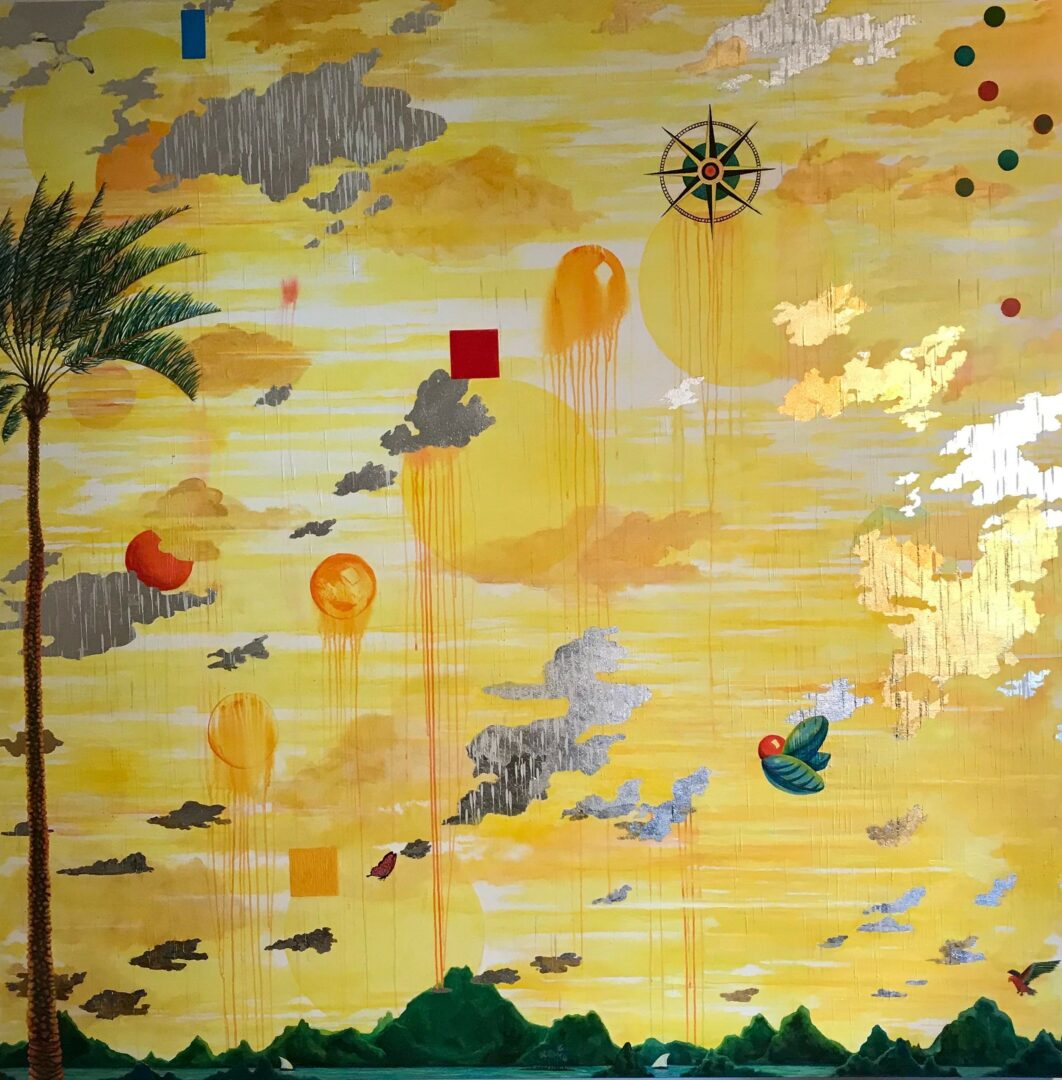
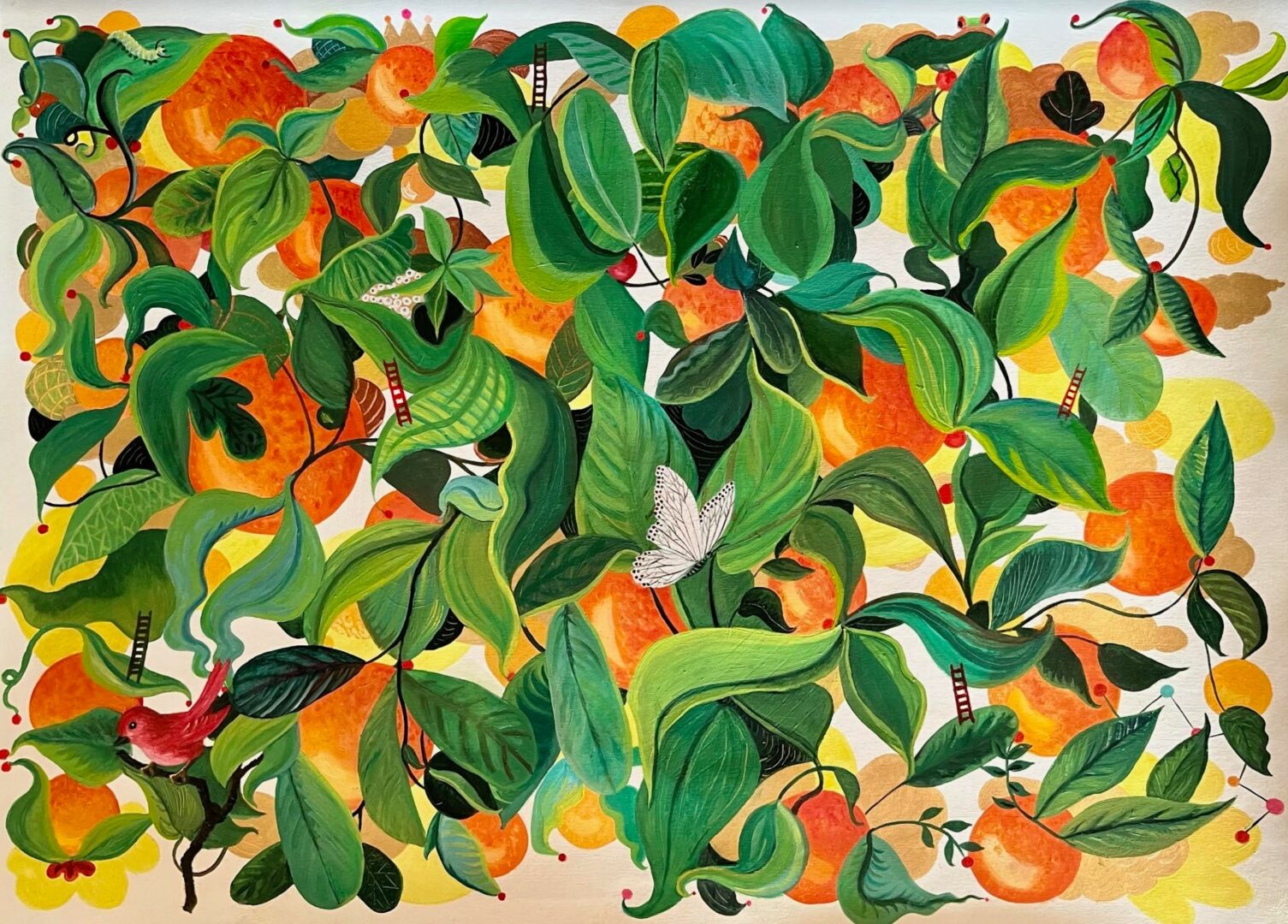
Is there a particular challenge you are currently facing?
The rents are much higher in Manhattan than when I first moved here in 1982.
I’m fortunate that my husband is a musician, so we qualified to live in Manhattan Plaza, with subsidized housing for performing artists. It’s an amazing place with all kinds of perks.
(There is a similar apt. complex for visual artists, Westbeth, in Greenwich Village, with sliding scale rent, a large community of artists and even an art gallery. Both places are well worth getting on the waiting list.)
But even with subsidized rent, trying to survive in Manhattan as an artist/musician teacher couple (we are not hedge fund managers!) is challenging. I am semi-retired from teaching. My husband wants to retire, but it’s not possible yet.
We are financially supporting our college-age son, a singer/songwriter living in Los Angeles (another incredibly expensive city). When our son gets a job and finishes college, things will get easier.
Still, I am very grateful we have been able to live in Manhattan since 1982, continuing to make art and music. We raised a child and even traveled the world. All of this has exceeded my wildest expectations, when I first had a dream and moved to NYC from a smallish town in the Midwest.
Contact Info:
- Website: https://www.jillslaymaker.com
- Instagram: JillSlaymaker
- Facebook: Jill Slaymaker
- Linkedin: JillSlaymaker
- Other: Tik Tok: Jill Slaymaker
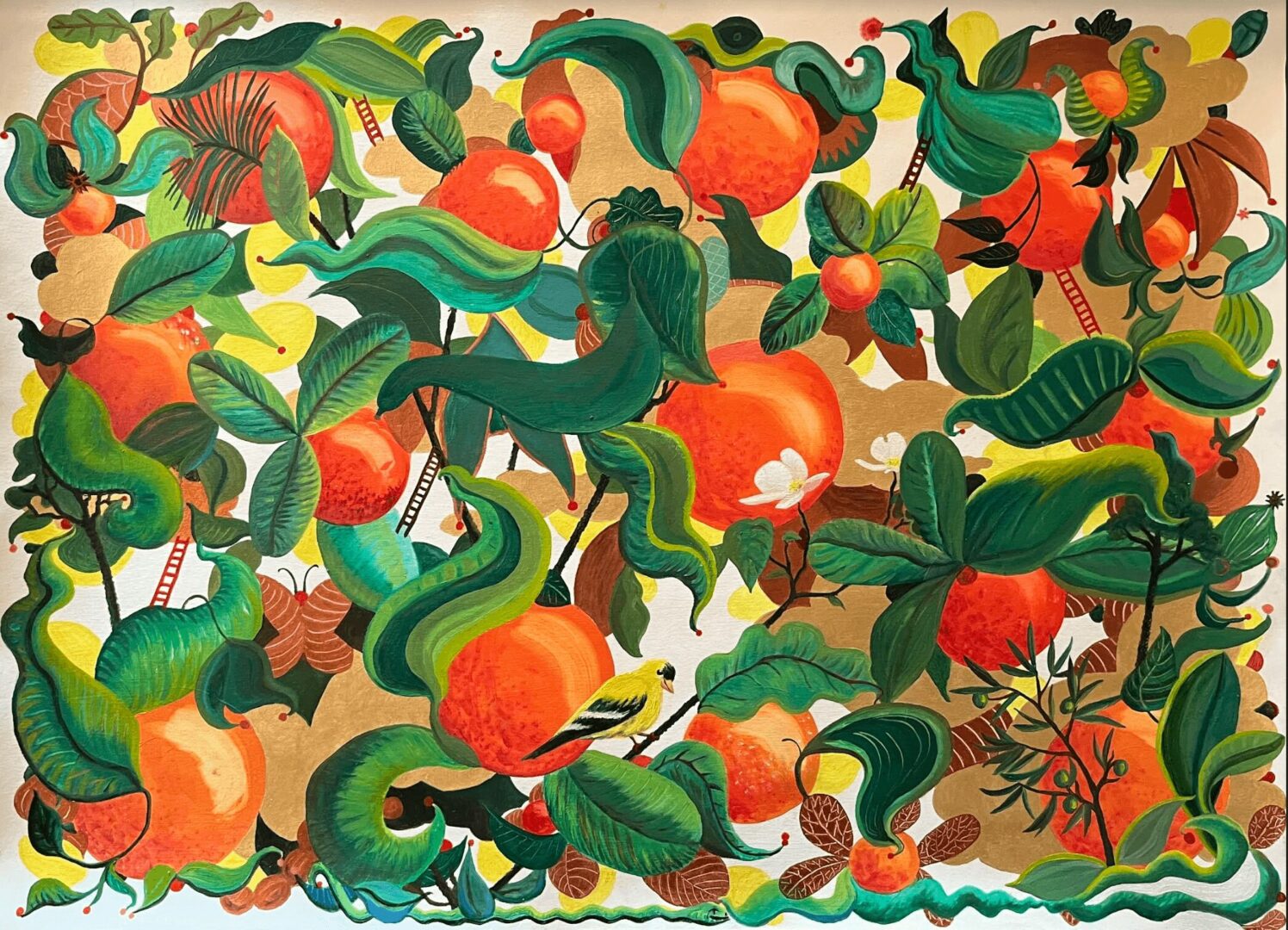
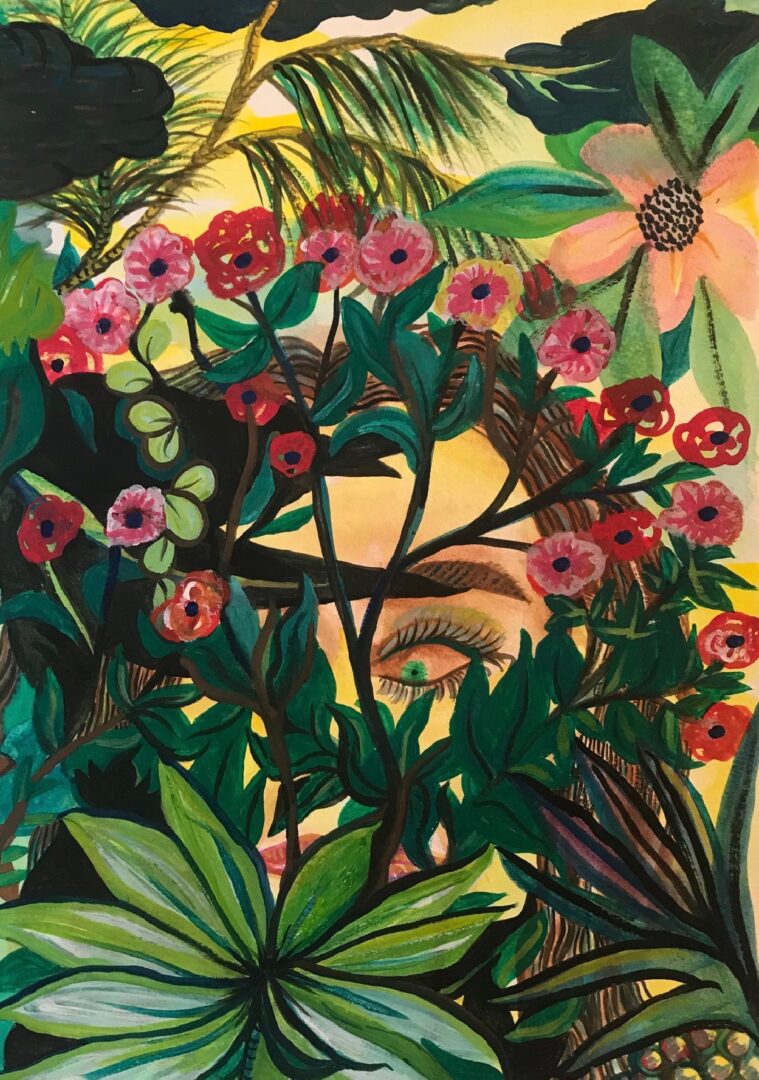
so if you or someone you know deserves recognition please let us know here.

